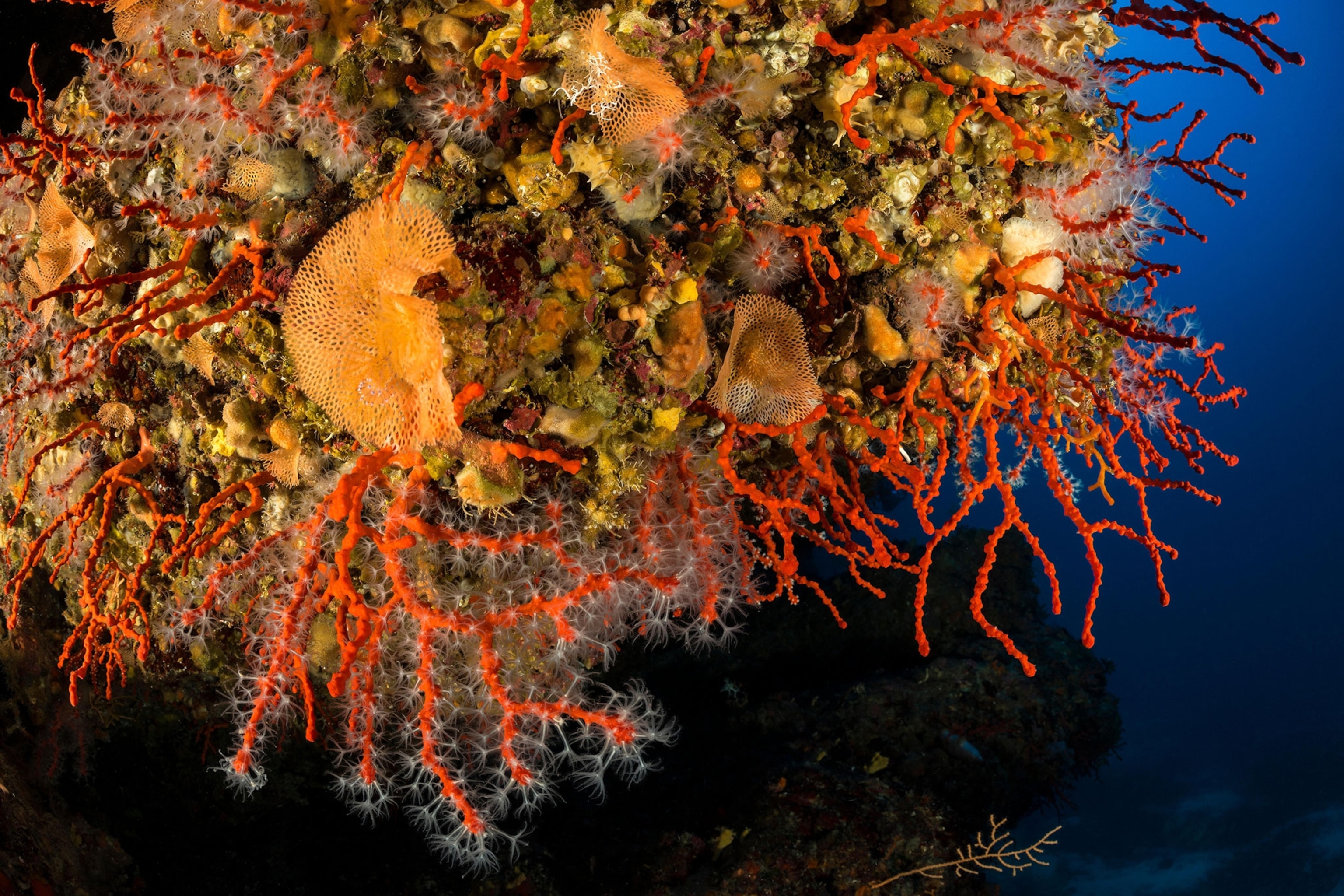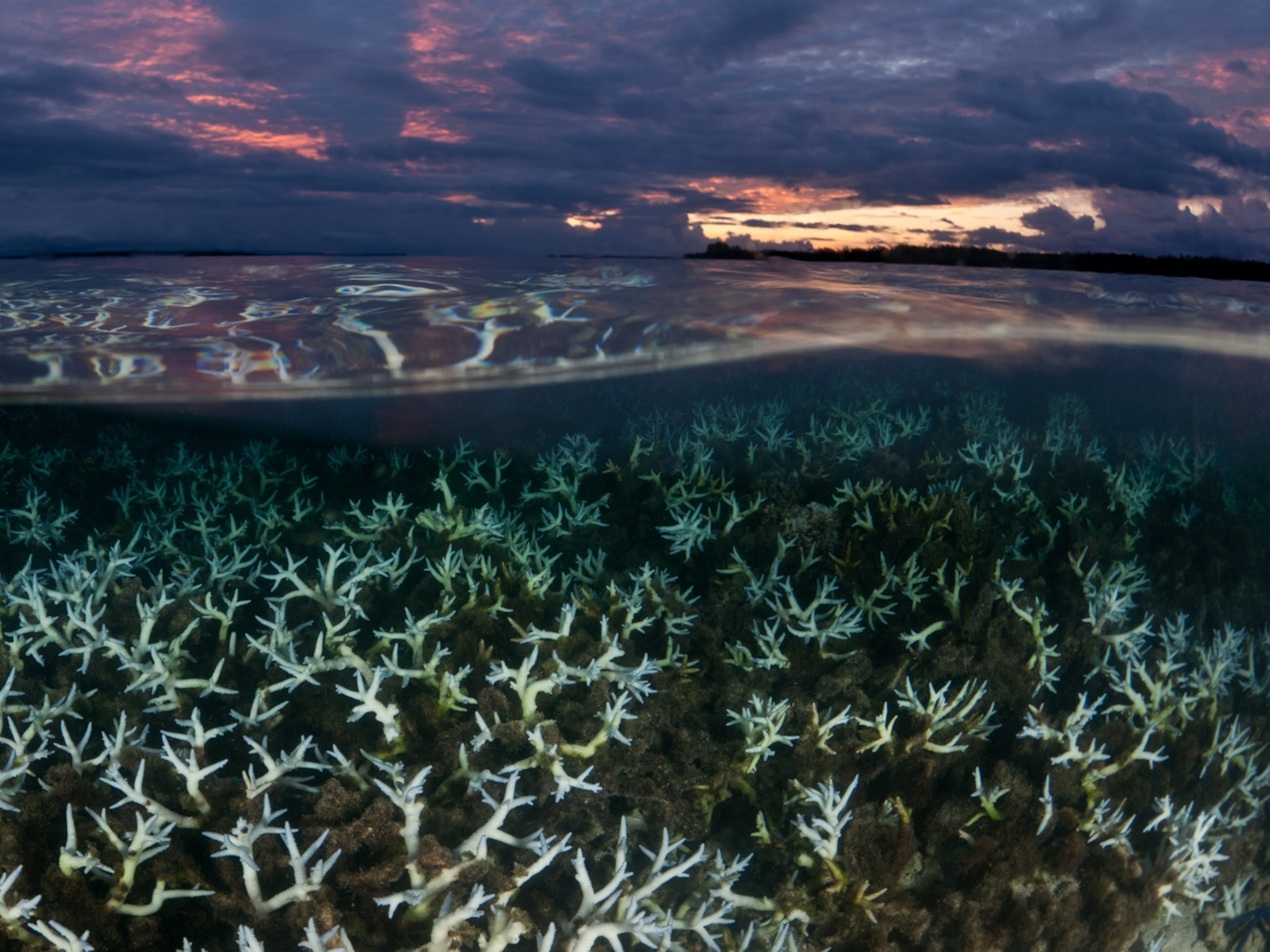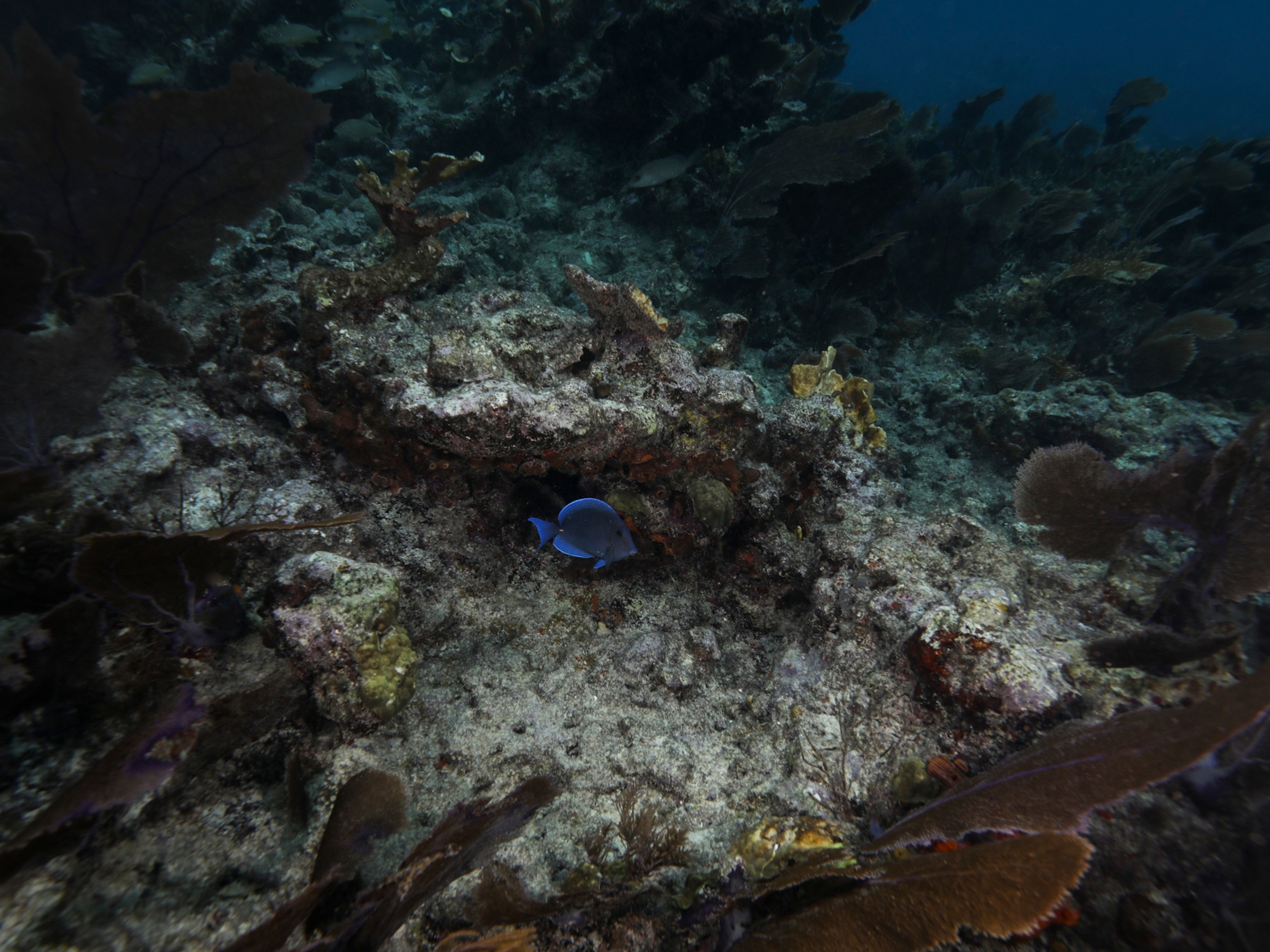
Why This Animal Can Live for Over 500 Years
Animals that live in deeper waters and don’t move a whole lot are likely to have longer lives.
If you were a red coral, you’d have enough time to fulfill several bucket lists before you died. Though it’s hard to figure out what you’d put on them.
The red coral, which can live for five hundred years, is one of several marine species that make human lifespans look like a blink of the eye by comparison. In a new study, scientists have honed in on what enables some of these marine species to live for hundreds of years.
In the Deep
The study authors combed through dozens of other studies that estimated lifespans “for more than 200 species found worldwide,” says lead author Ignasi Montero-Serra, predoctoral candidate at the University of Barcelona.
Looking at the patterns of sessile, or immobile, species like corals, macroalgae, sponges, and gorgonians—a type of coral that includes sea fans—the team found that animals living in deeper waters were likely to have longer lives.
Mediterranean red coral, with a potential lifespan of more than 500 years, live at depths of over half a mile deep.
The longest-lived known marine species, Montero-Serra says, was a sponge (Monorhaphis chuni) that was estimated to be 11,000 years old and lived 1,000 feet below sea level. (See: Meet the Animal That Lives for 11,000 Years)

Keep Calm and Carry On
The stability of the deep sea environment likely helps deep-dwelling species live longer. (Related: Many Sharks Live a Century - Longer Than Thought)
At greater depths, animals are protected from issues that affect species in more shallow waters, like temperature changes and severe storms, says co-author Dan Doak, professor of environmental studies at the University of Colorado at Boulder.
Staying put has its merits as well.
“Being sessile seems to correlate with at least the potential for longevity in marine animals as well as terrestrial plants,” Doak says.
Natural selection favors long lifespans in stable environments "where chance events don't kill you off"—like deep below the sea. Species in shallower waters stand a far higher chance of dying young from dangers like predators. That means there's no particular evolutionary benefit to such creatures being able to repair their bodies and remain hardy into old age, Doak says.
Another factor, Monterro-Serra notes, is that these sessile species are clonal. They “form a colony of multiple units that are genetically identical, called polyps in the case of corals and gorgonians.” Clonal organisms can escape age-related deterioration “by asexually replicating its units,” so that while parts may die off “the whole colony can remain fully functional through time.”
With clonality, "an individual is always made up of young pieces," Doak says, so young units are constantly replacing older ones rather than being a single unit, like us, that simply ages.
Deeply Disturbed
These long-living species, however, may be in trouble. The deep waters used to be free of human activity, Linares says, but “increasing threats are affecting deep habitats and species.”
Climate change, for example, has been shown to affect these deep-water ecosystems.
Other threats include “pollution, including plastics, which have been shown to penetrate even deep waters,” Doak says.
Long-lived animals at these depths also grow and reproduce slowly so if a disturbance they’re not adapted to hits them, it’s very hard for them to recover, Doak says.
Abandoned fishing gear, known as ghost nets, can damage these fragile communities, Montero-Serra says, and fishing practices like trawls that reach these habitats “can rapidly destroy sessile populations and communities that may need hundreds of years to recover.”
Have a question about the weird and wild world? Tweet me or find me on Facebook. Weird Animal Question of the Week answers your questions every Saturday.





